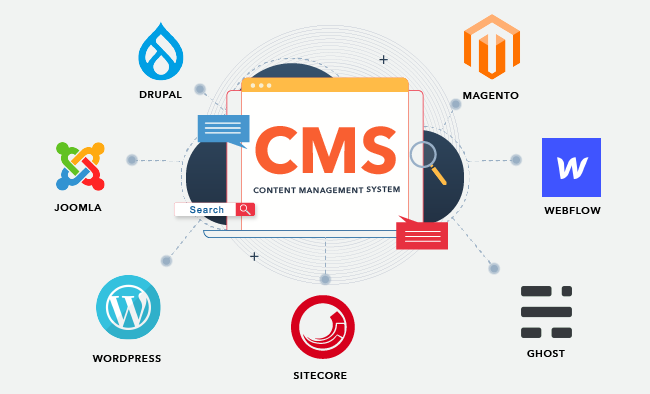A dynamic website
is a website that can change its content and layout based on user input or other factors. This is in contrast to a static website, which has a fixed set of content and layout. This means that the content of the website can change depending on the visitor’s requests or the data stored in the database.
Table of Contents
Here are some of the key features of a dynamic website:
- It uses server-side code to generate the HTML, CSS, and JavaScript files that are delivered to the visitor’s browser.
- It can store data in a database, which can be used to generate different content for different visitors.
- It can use server-side processing to perform complex tasks, such as generating custom reports or processing e-commerce transactions.
Dynamic websites are typically more expensive and complex to create than static websites, but they offer a number of advantages, such as:

- The content of the website can be changed easily and without having to update the files on the server.
- The website can be personalized for each visitor.
- The website can be used to create complex and interactive web applications.
Some examples of dynamic websites include:
- E-commerce websites
- Social media websites
- News websites
- Online banking websites
- Content management systems (CMSs)
Dynamic websites are a good choice for websites that need to be updated frequently, such as
e-commerce websites, news websites, and social media websites.

They can also be used to create complex web applications, such as online banking systems and customer relationship management (CRM) systems.


